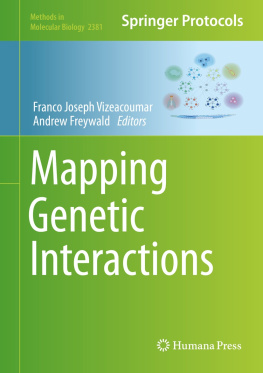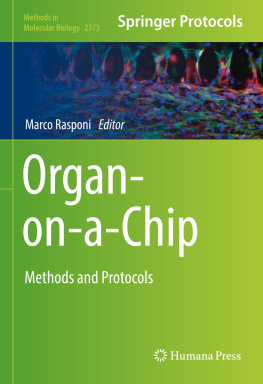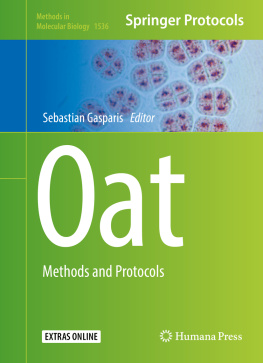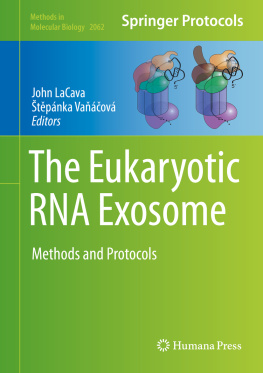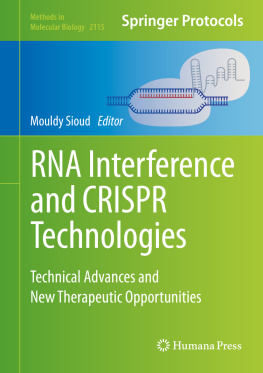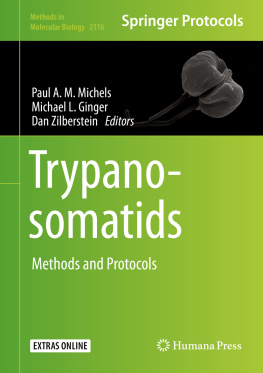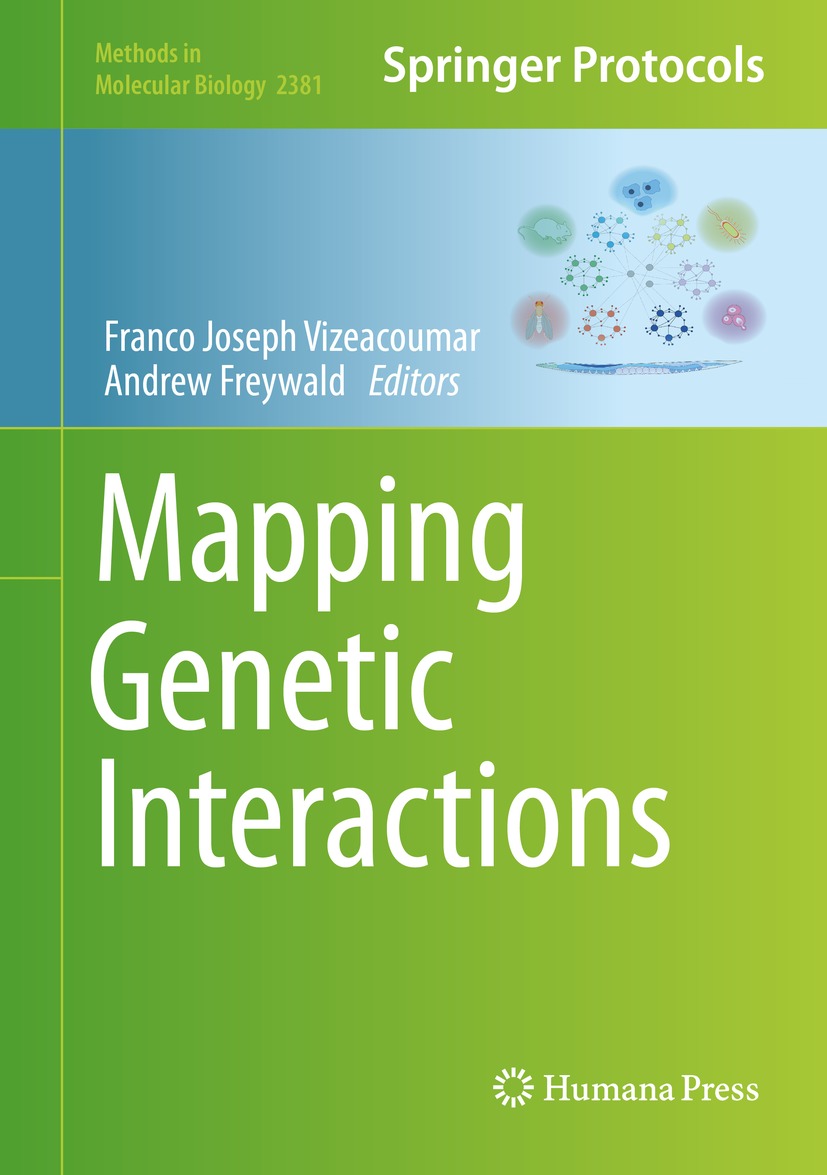Volume 2381
Methods in Molecular Biology
Series Editor
John M. Walker
School of Life and Medical Sciences, University of Hertfordshire, Hatfield, Hertfordshire, UK
For further volumes: http://www.springer.com/series/7651
For over 35 years, biological scientists have come to rely on the research protocols and methodologies in the critically acclaimed Methods in Molecular Biology series. The series was the first to introduce the step-by-step protocols approach that has become the standard in all biomedical protocol publishing. Each protocol is provided in readily-reproducible step-by-step fashion, opening with an introductory overview, a list of the materials and reagents needed to complete the experiment, and followed by a detailed procedure that is supported with a helpful notes section offering tips and tricks of the trade as well as troubleshooting advice. These hallmark features were introduced by series editor Dr. John Walker and constitute the key ingredient in each and every volume of the Methods in Molecular Biology series. Tested and trusted, comprehensive and reliable, all protocols from the series are indexed in PubMed.
Editors
Franco Joseph Vizeacoumar
University of Saskatchewan, Saskatoon, SK, Canada
Andrew Freywald
University of Saskatchewan, Saskatoon, SK, Canada
ISSN 1064-3745 e-ISSN 1940-6029
Methods in Molecular Biology
ISBN 978-1-0716-1739-7 e-ISBN 978-1-0716-1740-3
https://doi.org/10.1007/978-1-0716-1740-3
The Editor(s) (if applicable) and The Author(s), under exclusive license to Springer Science+Business Media, LLC, part of Springer Nature 2021
This work is subject to copyright. All rights are solely and exclusively licensed by the Publisher, whether the whole or part of the material is concerned, specifically the rights of translation, reprinting, reuse of illustrations, recitation, broadcasting, reproduction on microfilms or in any other physical way, and transmission or information storage and retrieval, electronic adaptation, computer software, or by similar or dissimilar methodology now known or hereafter developed.
The use of general descriptive names, registered names, trademarks, service marks, etc. in this publication does not imply, even in the absence of a specific statement, that such names are exempt from the relevant protective laws and regulations and therefore free for general use.
The publisher, the authors and the editors are safe to assume that the advice and information in this book are believed to be true and accurate at the date of publication. Neither the publisher nor the authors or the editors give a warranty, expressed or implied, with respect to the material contained herein or for any errors or omissions that may have been made. The publisher remains neutral with regard to jurisdictional claims in published maps and institutional affiliations.
This Humana imprint is published by the registered company Springer Science+Business Media, LLC part of Springer Nature.
The registered company address is: 1 New York Plaza, New York, NY 10004, U.S.A.
Preface
Information encoded within the genome of an organism is expressed in all aspects of the biological phenotype. However, the genotype to phenotype relationship is not straightforward and in a major way depends on complex functional interactions between genes. Mapping these genetic interactions provides clues to the understanding of the contextual functioning of genomes as the cross-talks are usually found between genes controlling overlapping responses. More recently, functional cross-talks between gene pairs took a center stage as they have an exciting potential to reveal the blueprint of the cancer genome and ultimately provide what could be defined as a Google Map of a cancer cell. Thus, genetic interactions are now emerging as a major highway for drug target identification in cancer therapeutics. To augment this approach, we are presenting in this edition 18 chapters assembled into six major categories. The first part covers methodologies used to capture genetic interactions in model organisms. This includes approaches undertaken in bacteria, yeast, worms, and flies. Part II covers strategies applied in human cells. Particularly, methods that rely on RNA interference and CRISPR/Cas9-based genome editing technologies in arrayed and pooled screening formats in both in vitro and in vivo models are much sought after, and we have covered many of them in this part. While wet lab approaches are holding a lead in mapping genetic interactions, in silico computation is also beginning to play its part in predicting genetic interactions. Some aspects of this rapidly evolving strategy are covered in the third part of the book. Apart from these powerful approaches, chemical genetic methods are also widely and successfully used to discover both novel genetic relationships and clinically relevant drug-gene interactions. In Part IV, one of the chapters is dedicated to identifying such drug-gene interactions, while another chapter provides a comprehensive overview of the approaches currently available for mapping chemical genetic interactions and identifying synergistic drug-gene relations. More recently, several emerging technologies such as single cell sequencing and gene expression profiling have been also contributing toward understanding the biological context in which genetic interactions can be modulated. Part V discusses the applicability of these advances to the discovery of novel genetic interactions. Finally, while knowing the identity of genetic interactions provides functional clues, it is not sufficient by itself to assure the development of novel effective cancer therapies. To address this, we have dedicated the last, sixth part of this book to the discussions of translation aspects that aim to identify small molecule inhibitors or protein-based inhibitors for bringing genetic relationships into the clinics.
Franco Joseph Vizeacoumar
Andrew Freywald
Saskatoon, SK, Canada

